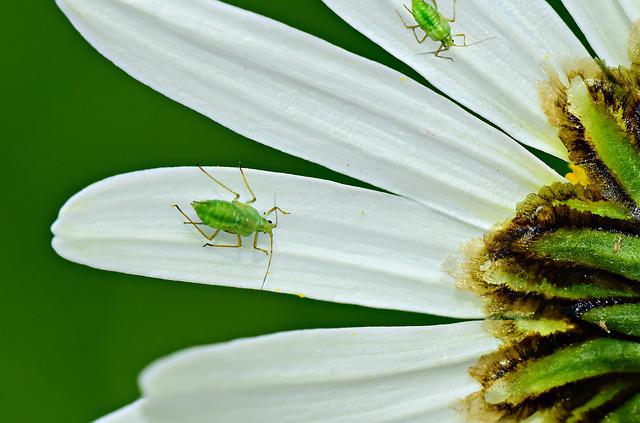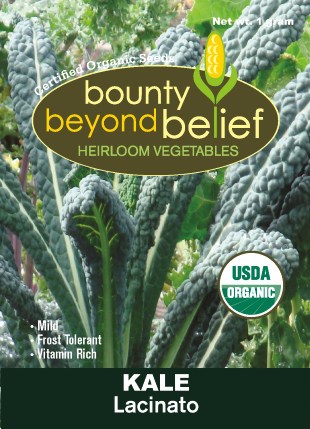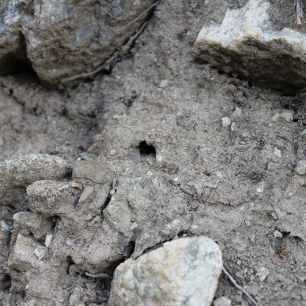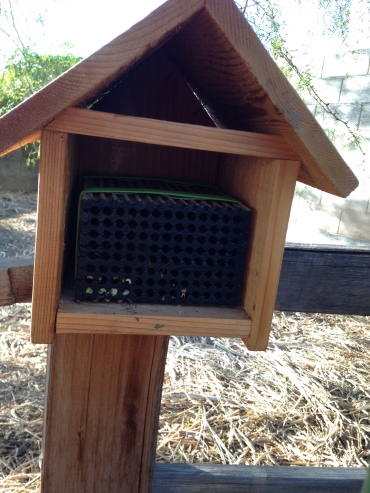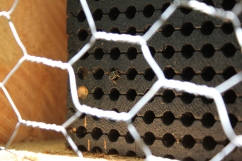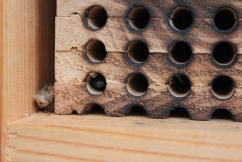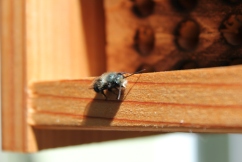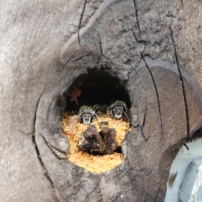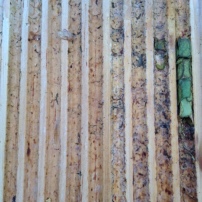Pesticide Applicators CAN Protect Pollinators
Tips for Pesticide Users
By Sandy Swegel
Most of the visitors to our Facebook page and website are already among the converted. We know how important pollinators are and we’re doing everything we can from avoiding pesticides to planting pollinator gardens in hope of preserving our pollinators.
Sometimes as activists for the things we feel passionate about, we human beings have a tendency to make the people who oppose our opinion into our enemy. The reality is that right now, everyone isn’t going to quit using pesticides no matter how much we want that. We all have spouses or neighbors or friends who are going to use pesticides no matter what we say. Garden and tree businesses are going to spray. So what the North American Pollinator Protection Campaign (NAPPC) is doing is bringing together government agencies like the EPA, pesticide manufacturers, licensed pesticide applicators, and non-profits like beekeeping associations to develop guidelines to teach pesticide applicators how to choose pesticides and how to spray while causing the least harm to bees and pollinators that end up as collateral damage.
A couple of obvious things pesticide users can do:
Schedule your pesticide application when bees aren’t active. Saturday morning or in the evenings after dinner before dark are the worse time to apply pesticides. Bees and pollinators are foraging then and likely to get sprayed or eat pollen or nectar that has just been sprayed. For some pesticides, simply applying it at night protects the pollinators while still killing the pests. You have to wake up before the bees or stay up after they go to sleep.
Plan your pesticide applications when plants aren’t in bloom. This isn’t always possible but some bloom times are short and you might find that waiting another week until the bloom is finished will still kill your pests and protect the pollinators.
Avoid drift and runoff.
Don’t spray on windy days. The wind carries the pesticide into neighboring areas or into your nose and eyes.
Don’t spray when it is about to rain. Many pesticides will dry within a few hours of application and be less toxic to pollinators. If you spray when rain is coming, those pesticides are going to be washed away into storm drains or rivers.
Keep the pesticide spray on the problem area….don’t keep spraying the rocks or sidewalk because you’re walking from one area to another. Use only as much pesticide as needed to achieve your goal. Drenching everything isn’t necessary.
Read and re-read labels. The formulations of your favorite pesticides can change Some are very toxic to bees. Others are only toxic under certain conditions. Know exactly what you are spraying and how it affects bees.
Pesticide applicators aren’t out there spraying because they hate bees. They want to get rid of their pests in the most efficient way. Print out this brochure for friends and neighbors and even companies you see applying pesticides. Help the people who INSIST on using pesticides learn that they can still protect pollinators.
Photos and more information:
www.Environmentalleader.com/2013/08/16/epa-launches-bee-protecting-pesticide-label/
http://www.xerces.org/pollinator-conservation/agriculture/managing-pesticides-to-protect-bees/



